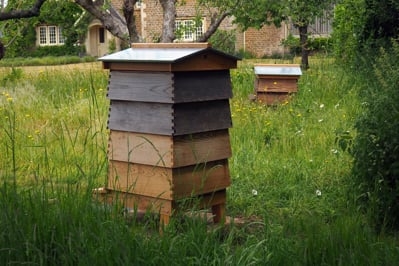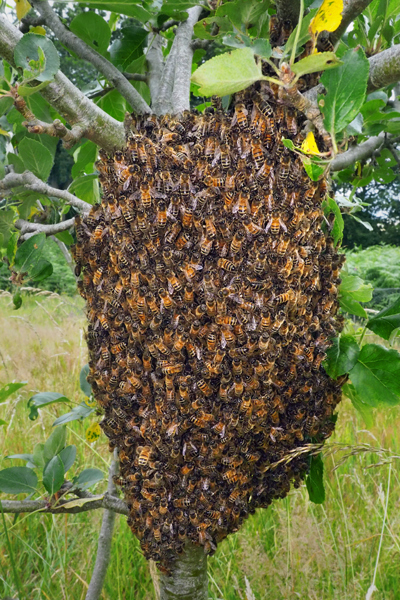Blog written by Richard Rickitt, Co-editor of BeeCraft Magazine
For me, and most other beekeepers, May is the most optimistic month of the year. This is a highlight we share with gardeners. It’s when the potential of the season ahead is most tangible and becoming more evident by the day. In the garden, and in woodlands and hedgerows, life is surging; buds burst, leaves unfurl, stems begin to reach out. In the apiary too there is an explosion of life. Colonies of honey bees are expanding rapidly – in hives with the healthiest queens perhaps as many as 2000 new bees emerge each day. When it’s warm, clouds of worker bees queue at the hive entrance, bringing home cargoes of pollen and nectar to feed all those hungry young mouths. It’s a sight and loud, humming sound that fills me with joy. The bees are happy and summer is coming.



